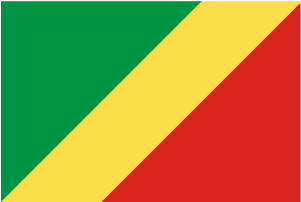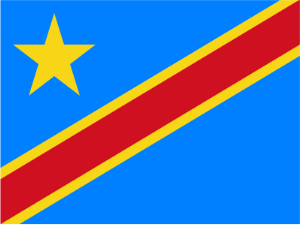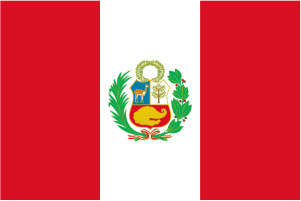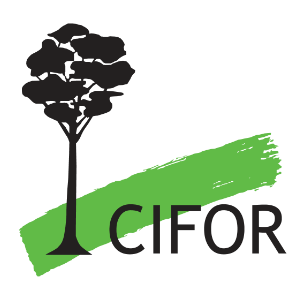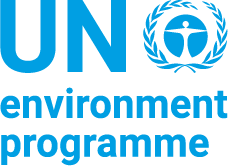
Restoration of deforested and drained tropical peat swamp forests is globally relevant in the context of reducing emissions from deforestation and forest degradation. The seasonal flux of carbon dioxide (CO2), methane (CH4), and nitrous oxide (N2O) in a restoration concession in Central Kalimantan, Indonesia, was measured in the two contrasting
land covers: shrubs and secondary forests growing on
peatlands. We found that land covers had high, but insignificantly different, soil carbon stocks of 949 ± 56 and 1126 ± 147 Mg ha −1, respectively. The mean annual CO2 flux from the soil of shrub areas was 52.4 ± 4.1 Mg ha−1 year−1, and from secondary peat swamp forests was 42.9 ± 3.6 Mg ha−1 year−1. The significant difference in mean soil temperature in the shrubs (31.2 °C) and secondary peat swamp forests (26.3 °C) was responsible for the difference in total CO2 fluxes of these sites. We also found the mean annual total soil respiration was almost equally partitioned between heterotrophic respiration (20.8 ± 1.3 Mg ha−1 year−1) and autotrophic respiration (22.6 ± 1.5 Mg ha−1 year−1). Lowered ground water level up to − 40 cm in both land covers caused the increase of CO2 fluxes to 40–75%. These numbers contribute to the provision of emission factors for rewetted organic soils required in the national reporting using the 2013 Supplement of the 2006 Intergovernmental Panel on Climate Change (IPCC) Guidelines for wetlands as part of the obligation under the United Nations Framework Convention on Climate Change (UNFCCC).
- Authors: Murdiyarso, D., Saragi-Sasmito, M.F., Rustini, A.
- Author Affiliation: Center for International Forestry Research
- Subjects: greenhouse gases, emissions, swamps, biomass
- Publication type: Journal Article, ISI
- Source: Mitigation and Adaptation Strategies for Global Change 24(4): 507-520
- Year: 2019
- DOI: https://doi.org/10.1007/s11027-017-9776-6









